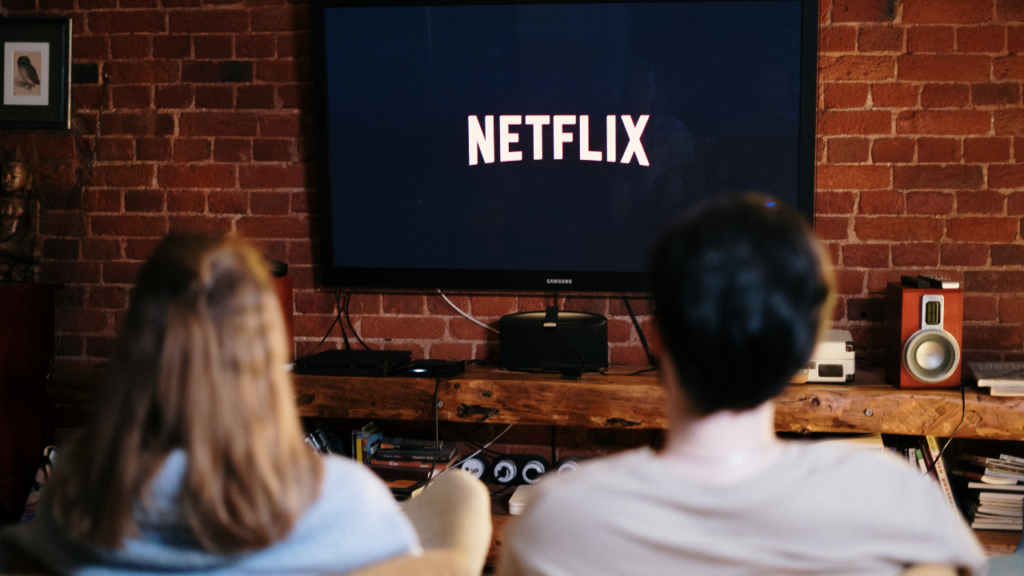
In recent years, the entertainment landscape has undergone a seismic shift, primarily driven by the rise of streaming services. Platforms such as Netflix, Disney+, Hulu, and Amazon Prime Video have revolutionized how audiences consume media, marking a departure from traditional cable television and physical media formats. This transformation is not just altering viewing habits but is also reshaping the entire entertainment industry.
The Emergence and Dominance of Streaming Services
The streaming revolution began with Netflix, which transitioned from a DVD rental service to a streaming giant in the late 2000s. Netflix’s success was built on the foundation of providing on-demand access to a vast library of films and TV shows, eliminating the need for physical copies or scheduled programming. The convenience and flexibility offered by streaming services quickly caught on, leading to a surge in subscriber numbers.
Disney+ entered the market in 2019, leveraging Disney’s extensive catalog of beloved franchises, including Marvel, Star Wars, and Pixar. This strategic move allowed Disney+ to amass millions of subscribers within a short period. Other major players like Hulu, Amazon Prime Video, and HBO Max have also carved out significant portions of the market by offering exclusive content and original programming.
Changing Viewing Habits
One of the most significant impacts of streaming services is the shift in viewing habits. Traditional television schedules, with fixed times for shows and commercials, are becoming obsolete. Instead, viewers now enjoy the freedom to watch their favorite shows and movies whenever and wherever they choose. Binge-watching, where entire seasons of a show are consumed in one or a few sittings, has become a common practice, enabled by the availability of complete series on streaming platforms.
Mobile viewing has also surged, with people watching content on smartphones and tablets, making entertainment more portable than ever. This flexibility has been particularly appealing to younger audiences, who are accustomed to on-demand access and instant gratification.
Original Content and Competition
To differentiate themselves in an increasingly crowded market, streaming services have invested heavily in original content. Netflix, for instance, has produced critically acclaimed series such as “Stranger Things,” “The Crown,” and “The Witcher.” These exclusive shows not only attract new subscribers but also retain existing ones by offering unique and high-quality content that cannot be found elsewhere.
Disney+ has also capitalized on its intellectual property, producing hit shows like “The Mandalorian” from the Star Wars universe and Marvel series like “WandaVision” and “Loki.” This focus on original content has sparked intense competition among streaming services, driving up production values and leading to a golden age of television.
Impact on the Entertainment Industry
The rise of streaming services has had profound effects on the entertainment industry. Traditional cable television is witnessing a steady decline in subscribers, as more people cut the cord in favor of streaming. This shift has forced major networks to launch their own streaming platforms, such as NBC’s Peacock and CBS’s Paramount+.
The film industry has also felt the impact. The COVID-19 pandemic accelerated the trend of releasing movies directly on streaming platforms, bypassing traditional theatrical releases. This change has sparked debates about the future of cinemas and the viability of streaming as the primary distribution method for new films.
The rise of streaming services like Netflix, Disney+, and others is fundamentally changing how entertainment is consumed. With their vast libraries, original content, and the convenience of on-demand viewing, these platforms have redefined the media landscape. As competition intensifies, viewers can expect even more innovative and high-quality content, ensuring that the era of streaming will continue to shape the future of entertainment.

